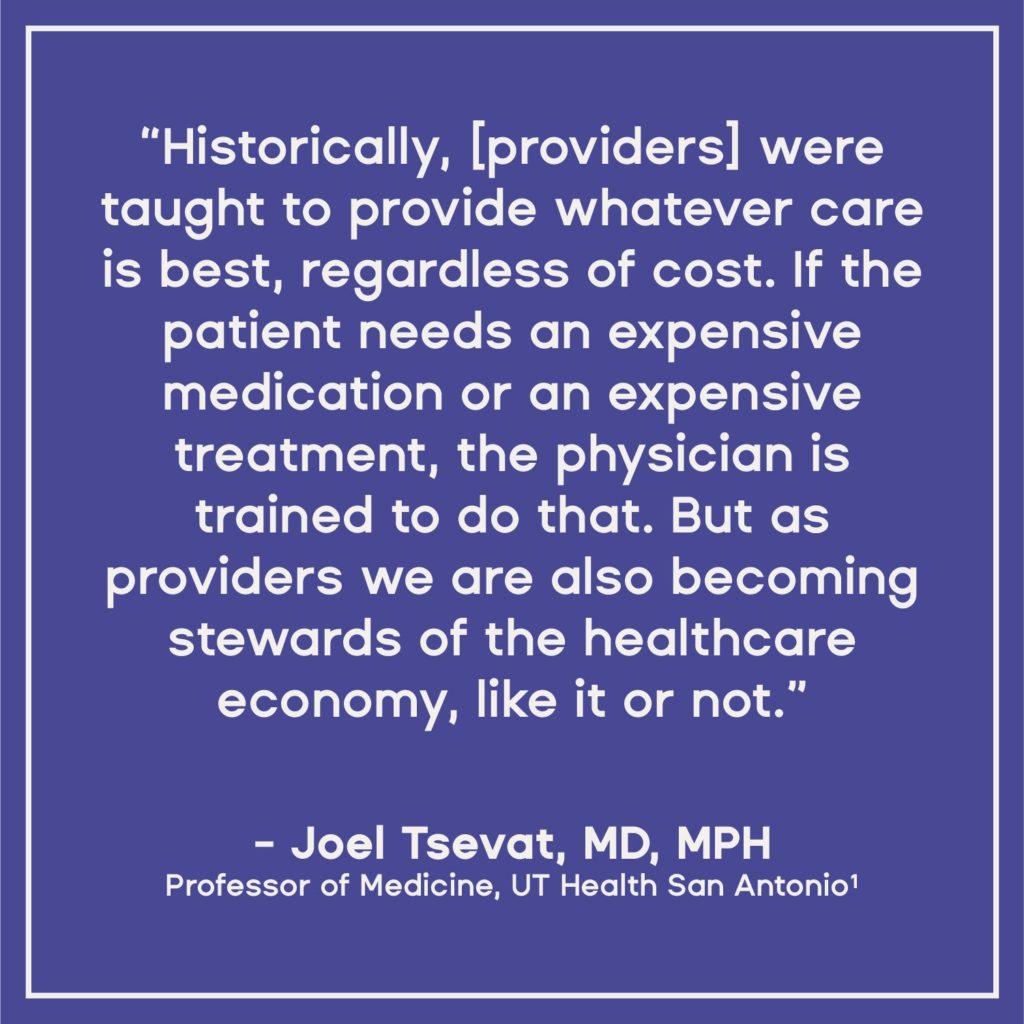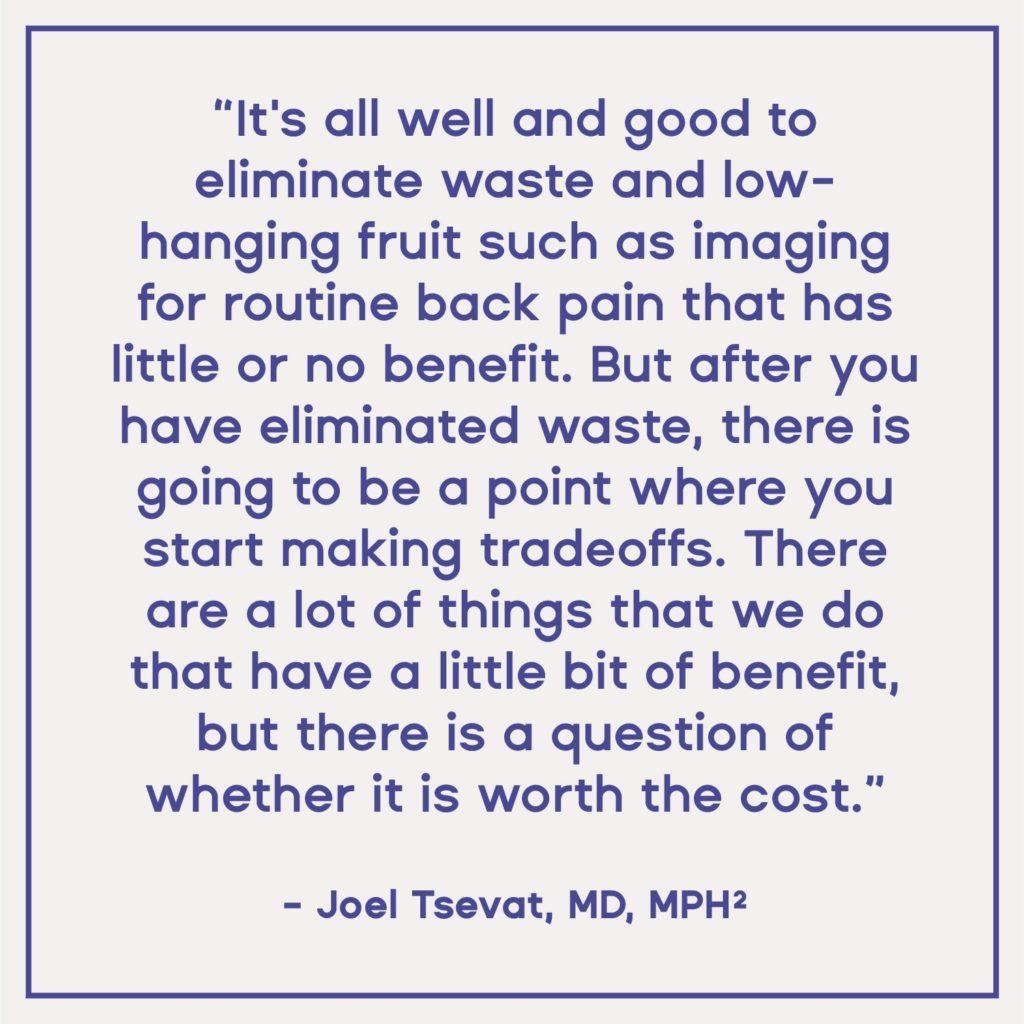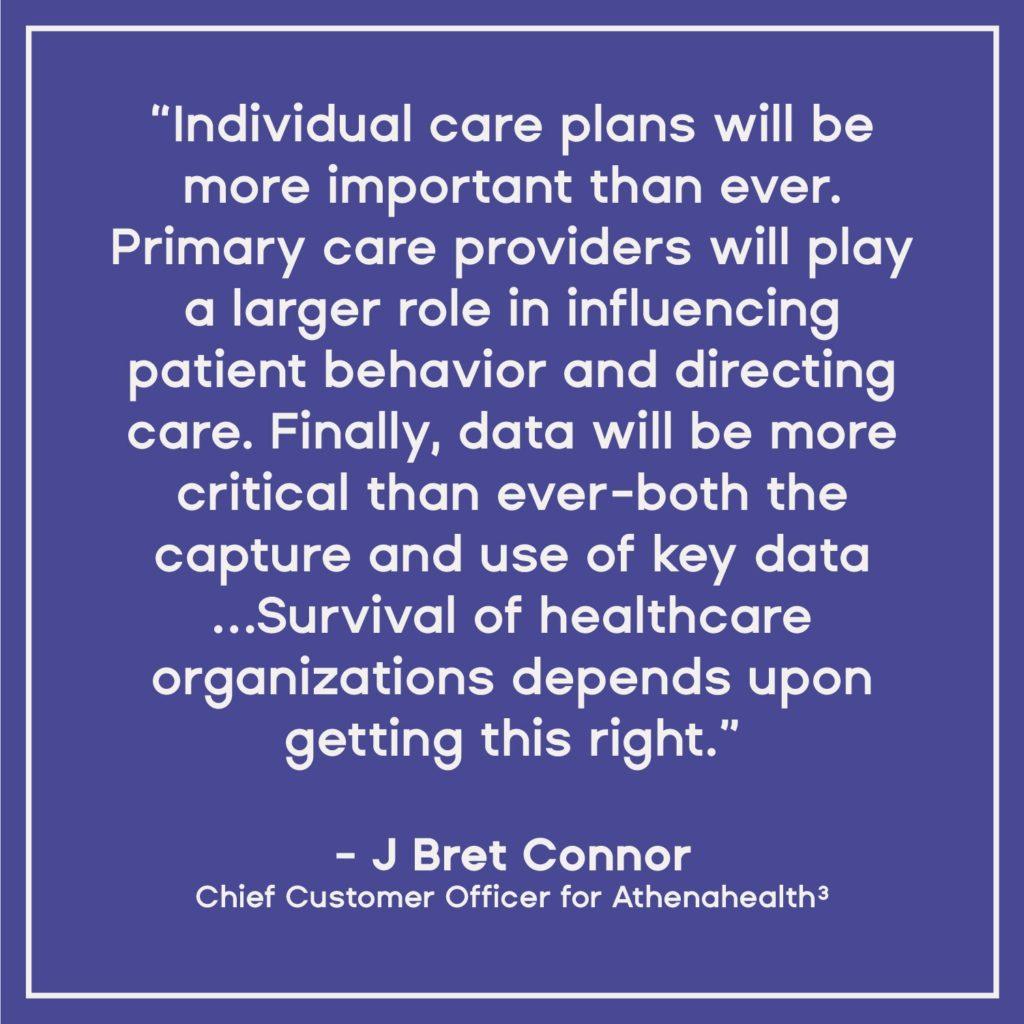When it comes to healthcare value, the U.S. is far from being a global leader. For half a century, the country has watched healthcare expenditures climb significantly. New technologies, scientific discoveries, and increasingly specific sub-specialization have helped drive these trends. At the same time, greater health burdens plague our nation, further increasing costs. A value-based orientation to care delivery can help slow and reverse these trends.
The value-based care paradigm focuses on achieving desirable health outcomes with greater cost efficiencies, which means creating a leaner healthcare system that avoids waste and optimizes resources. In turn, this promotes the embracing of new care modalities to meet healthcare consumers where they are. If we do this well, the U.S. could save billions of dollars annually while improving population health.
A Look at Value-Based Healthcare Services in the U.S.
The U.S. is among the most sophisticated and advanced nations in the world, but when it comes to efficient healthcare delivery, we are far behind other countries. While the average spent on healthcare by other developed nations is around 9 percent of GDP, the U.S. spends nearly 18 percent. In 2019, we spent a total of $3.8 trillion on healthcare, which is more than $11,500 per person.
As is often noted, these expenditures do not result in realized health improvements. Among the top 11 developed countries in the world, the U.S. ranks last in life expectancy. We also have the highest suicide rates, highest incidence of obesity, and the highest rate of chronic disease, as well as the highest rate of avoidable deaths and preventable hospitalizations. Given that hospital expenditures account for a third of healthcare costs, preventing these unnecessary hospitalizations can result in meaningful savings to all of us. A more effective, value-based healthcare model is necessary.
Creating Value-Based Healthcare Services
The U.S. can make a number of improvements by implementing a value-based healthcare model. Unlike value-based systems, fee-for-service models are ineffective at controlling costs, and their historical deployment in the U.S. has demonstrated that they do not lead to better health. The incentives of fee-for-service models create a moral hazard for providers by rewarding them only for providing more services. This not only drives up costs, but it also exacerbates inequalities to access of care–allocating a disproportionate percentage of healthcare dollars to those who can pay the most.
A value-based healthcare model creates different incentives for providers, structuring revenue around goals that include improving health outcomes, patient satisfaction, positive care experiences, and reducing unnecessary utilization of services. When value-based healthcare services reward those for attaining all of these targets, the healthcare system improves.
The tools by which healthcare can achieve such a value-based healthcare model are numerous, but we first need to define value targets and align care incentives accordingly.
Value-Based Healthcare Model Savings
Eliminating waste and redundancy of healthcare services will certainly improve the value of healthcare in the U.S. But beyond this, realizing the value-based healthcare model can become more challenging. Many assume this requires greater rationing of healthcare services, which poses risks in terms of health disparities. However, a variety of innovative strategies need to be explored before rationing care is required. Specific tools at our disposal include the use of telemedicine, wearable technologies, and health IT, as well as predictive analytics to empower providers to more efficiently treat problems earlier (before they become severe and expensive). Additionally, restructuring healthcare practices to allow more efficient workflows and collaboration (e.g., through leveraging mid-level providers more effectively) and comprehensive integration of new technologies will likely help.
Moving Toward a Value-Based Healthcare Model
For several years, Medicare and private insurers have been making gradual changes in the direction of value-based care, such as greater risk (and savings) exposure for providers, novel payment structures that obviate the need to drive volume, and more. The steps taken thus far have been inadequate to create the kind of savings the U.S. needs, but programs like the Center for Medicare and Medicaid Services Innovation Center’s new Direct Contracting model are steps in the right direction. Further shifts to value will save the U.S. billions, but it will take a united commitment to make sufficiently comprehensive changes before healthcare costs become truly unsustainable.
1 Cheney, C. (2018). What your value-based care initiative could learn from its economic sibling. HealthLeadersMedia.com. Retrieved from https://www.healthleadersmedia.com/clinical-care/what-your-value-based-care-initiative-could-learn-its-economics-sibling
2 Ibid.
3 Walker, T. (2019). The Changing Landscape of Healthcare Economics. ManagedHealthcareExecutive.com. Retrieved from https://www.managedhealthcareexecutive.com/view/changing-landscape-healthcare-economics





